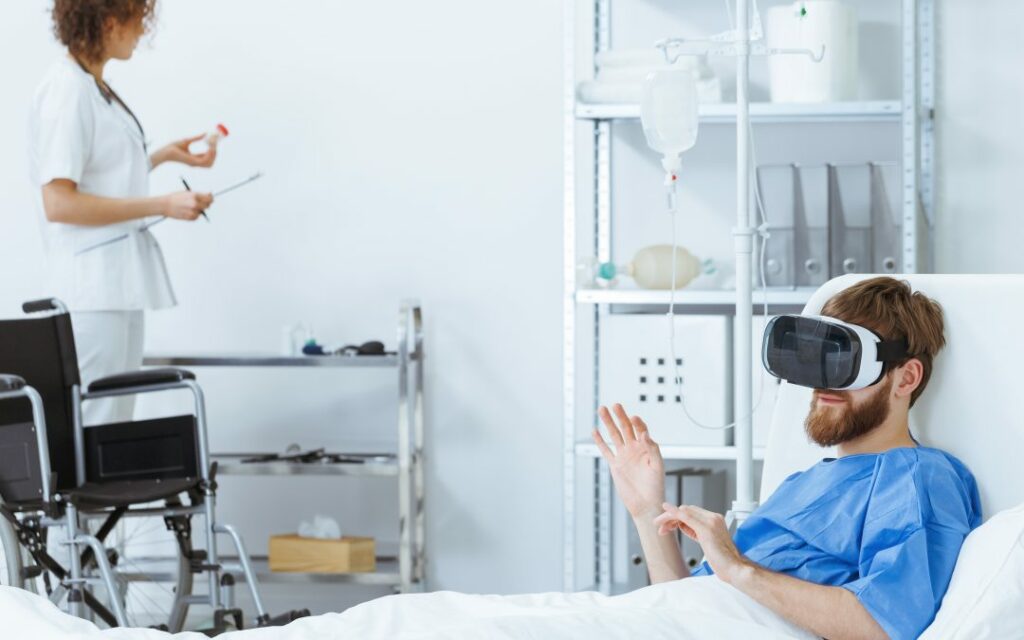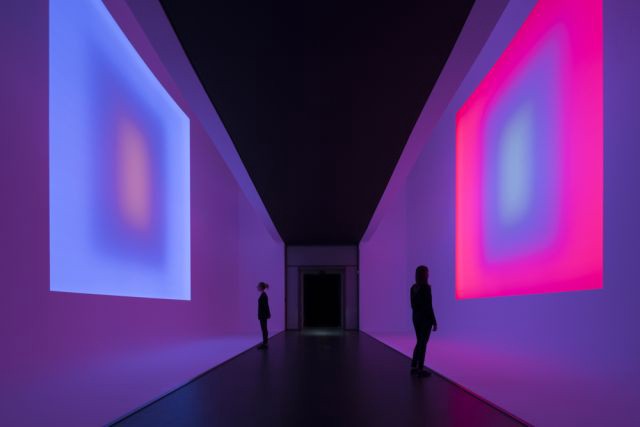
At least since the beginning of the 21st century, we can witness a shift in the occurring of mental illnesses and how we treat them. On one hand, we face an increase in i.e. depression, bipolar disorder, or anxiety disorder, and on the other hand an increasingly outspoken society that stands for the destigmatization of mental disorders.
Mental health is without a doubt of great importance since it affects how we think, feel, and act each day. It contributes to our decision making process, how we cope with stress and how we relate to others in our lives.
What is happening?
Our mentality is affected by biological factors, our family history, and life experiences. The interaction between society and ourselves, be it physical or digital, contributes to the changes in psychology. Western civilization is best characterized as a rather individualistic society that is embedded in capitalism, demanding hard work to live a good life.
In search of…
There is an ongoing search for finding inner peace and a true self for generation X and Y, even for people who are not suffering from mental diseases. It seems like a lot of people have a latent dissatisfaction, and that combined with a quantified self that tries to be as good as it can to keep up, makes up a search for “healing”. Recently many different practices got popular, such as yoga and meditation, fasting, taking ice baths while using the Wim Hof (breathing) method, or participating in an ayahuasca ceremony, just to name a few. So people do all sorts of things to approach their mindset, and to be more healthy.
A creative approach
So, to me the topic of mental health is very interesting as you might have noticed, and I want to help. If my final proposal will be located in the medical sector, in the field of consumer electronics or somewhere else is open for now. But to narrow it down I will focus and further discover the following:

Medical VR: Is there a way to enhance the effects of therapy with the aid of technology? I think of a tool for psychiatrists and psychologists to deepen the connection with their clients. A well-designed tool that is easy to use yet effective. To open up in front of a therapist one needs to feel comfortable. To do so it might be interesting to use virtual reality to provide an experience that is a vehicle to better understanding – to feel more empathetic. The therapist could see through the eyes of the client for example with projected POV images.
If somebody suffers from a childhood trauma it could also be possible to generate scenes (with AI) in which the trauma is revisited in a positive way to overcome the trauma. I am curious about creating a journey in which the user goes through different stages, representing an experience that will change his life or at least his mood for the better. With sophisticated tools like measuring the heartbeat, transpiration, eye movement, and so on, the experience could be an answer to the current body situation, always adapting to the user.

Affecting the senses: Very tempting to me as well is the design of light, sound and haptics, and the embedment into our everyday life. A haptic object that calms us down, mood changing lights or touching sounds – our senses need to be approached multidimensionally. Currently, light is used more and more to treat seasonal affective disorder (SAD), a sort of depression that occurs typically during autumn and winter each year. But we are not only affected by the sheer amount of light but by the colors, the combination with sound and haptics. There is more to discover to deal with our senses in a more appropriate way on a multidimensional level.
References
Homo Deus, by Yuval Noah Harari (2015)
https://aixr.org/wp-content/uploads/2019/01/disabled-man-in-vr-goggles-PQAVZFV-1080×675.jpg
https://miro.medium.com/max/640/1*r3nk1mgPBKaNEjKeAY6Ptg.jpeg